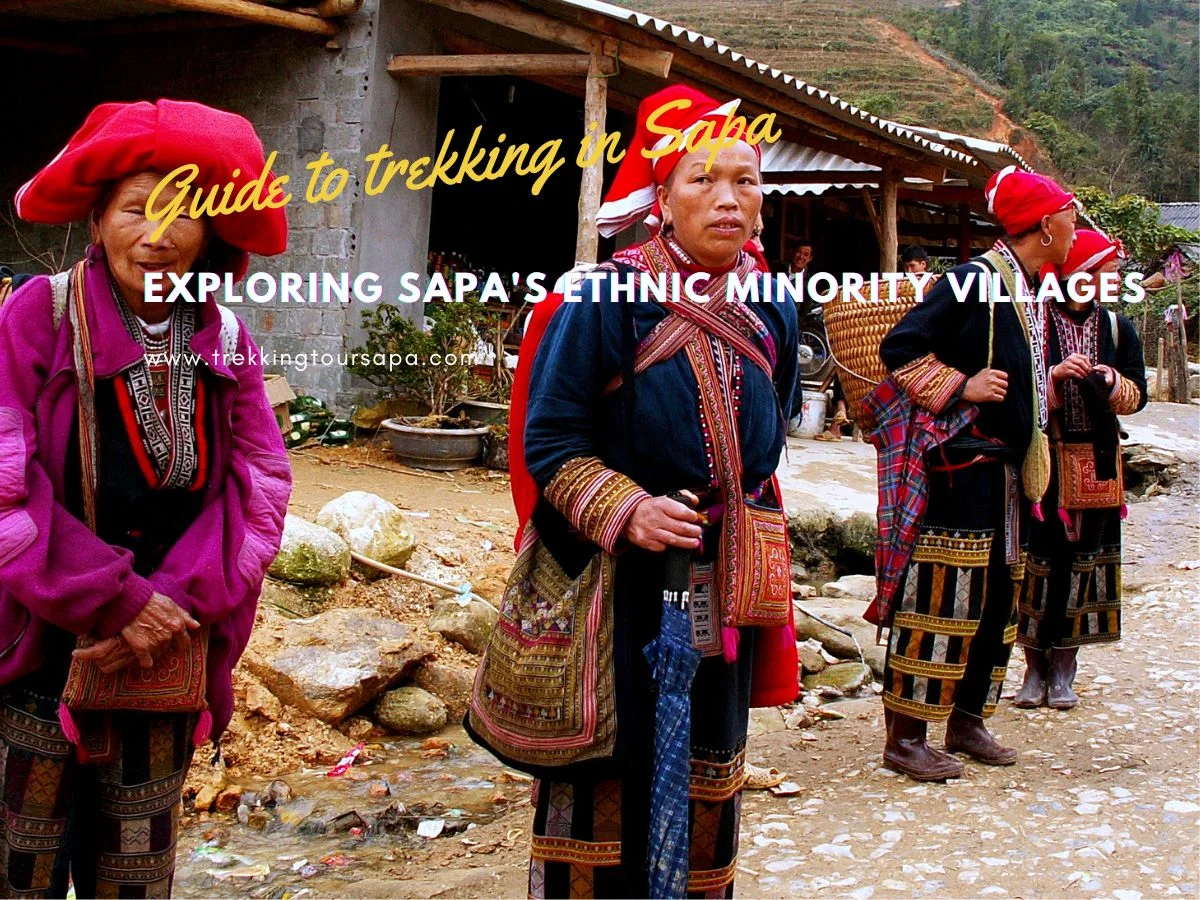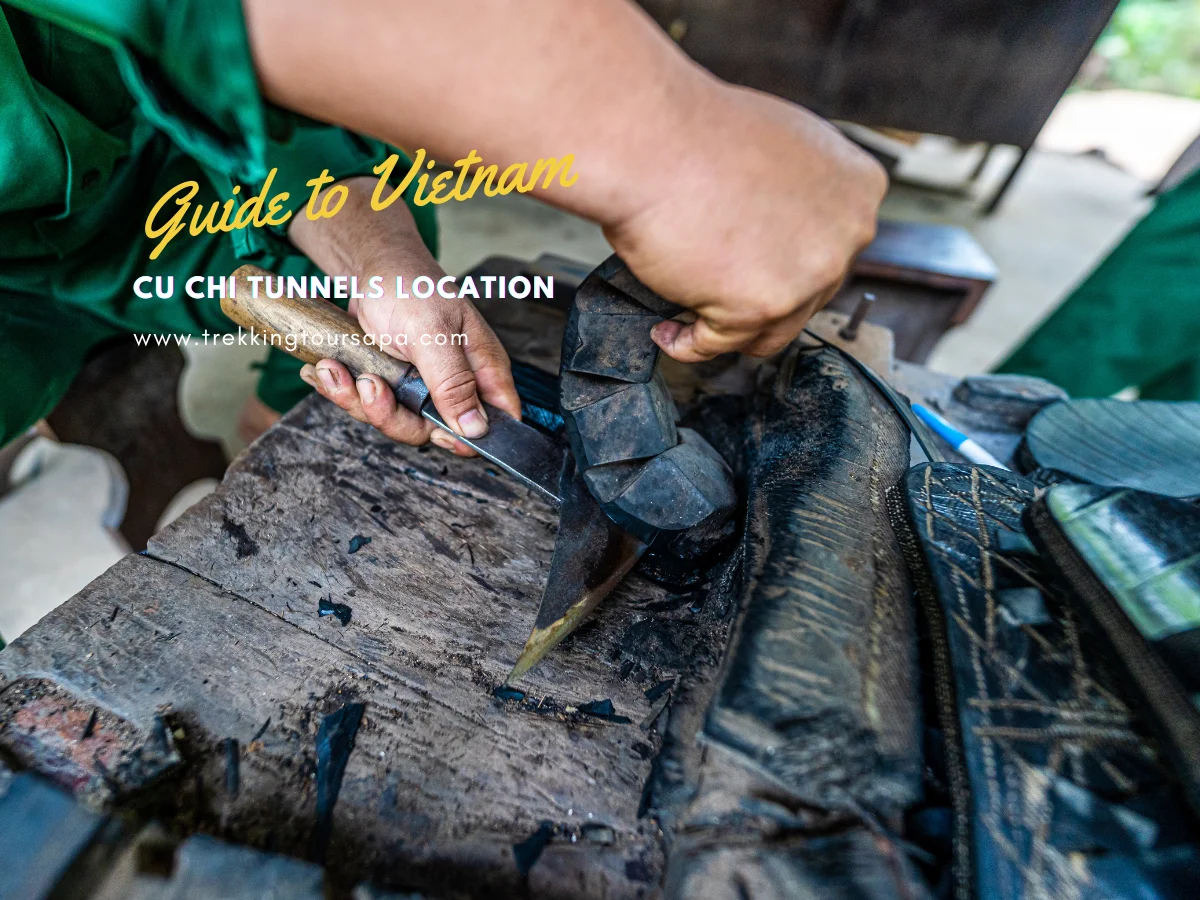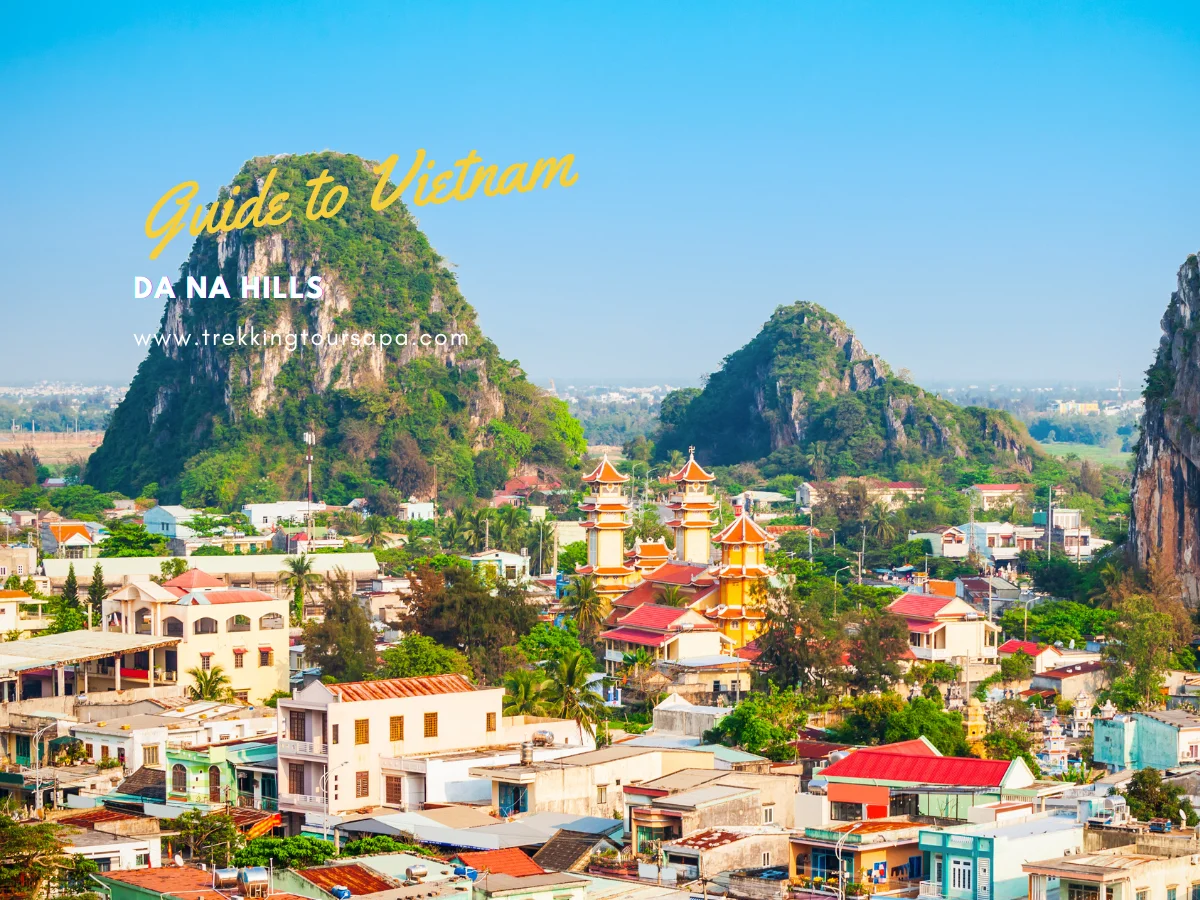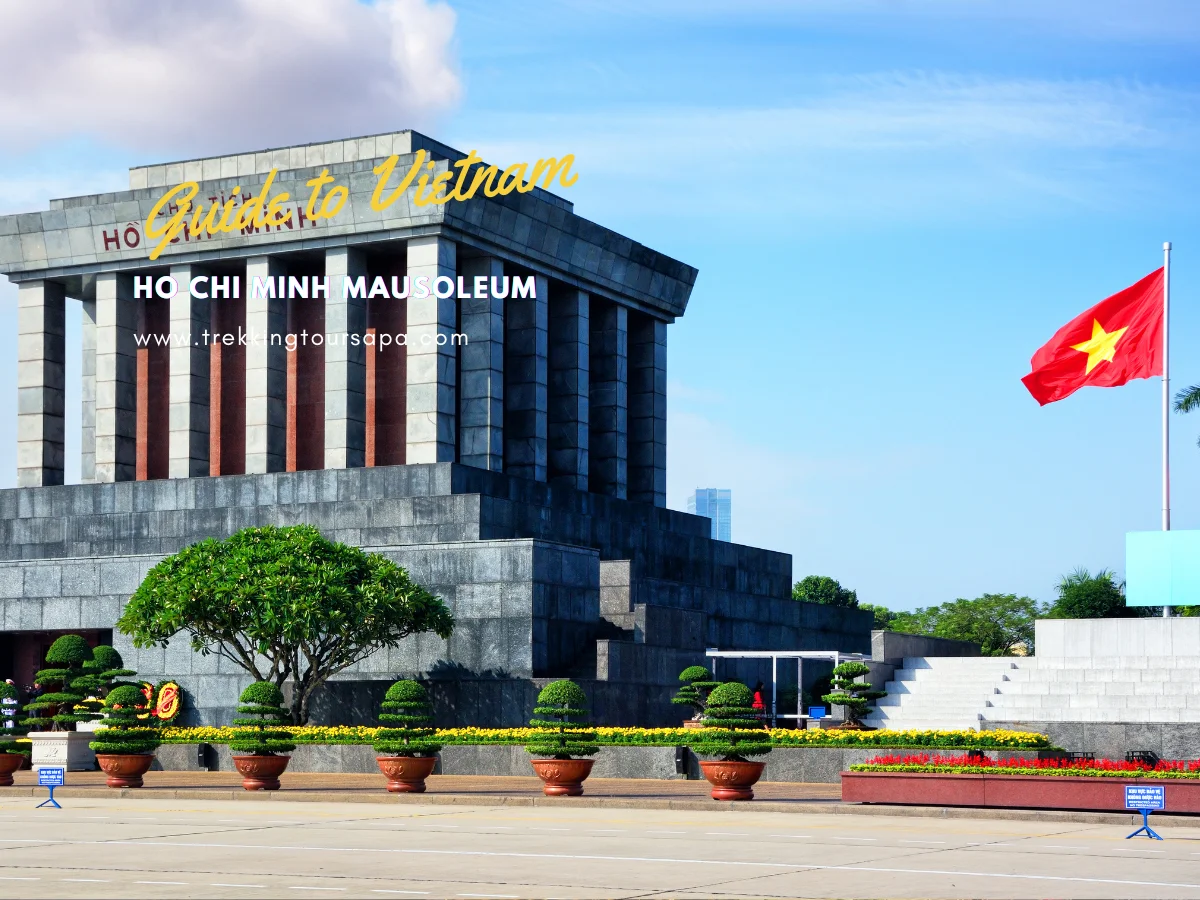You’re tired of the usual tourist traps. You crave an adventure that will take you out of your comfort zone and into a world that’s vastly different from what you know. Look no further than Sapa, Vietnam – a picturesque town nestled in the Hoang Lien Son Mountains. Here, you’ll find ethnic minority villages that have preserved their traditional way of life for centuries.
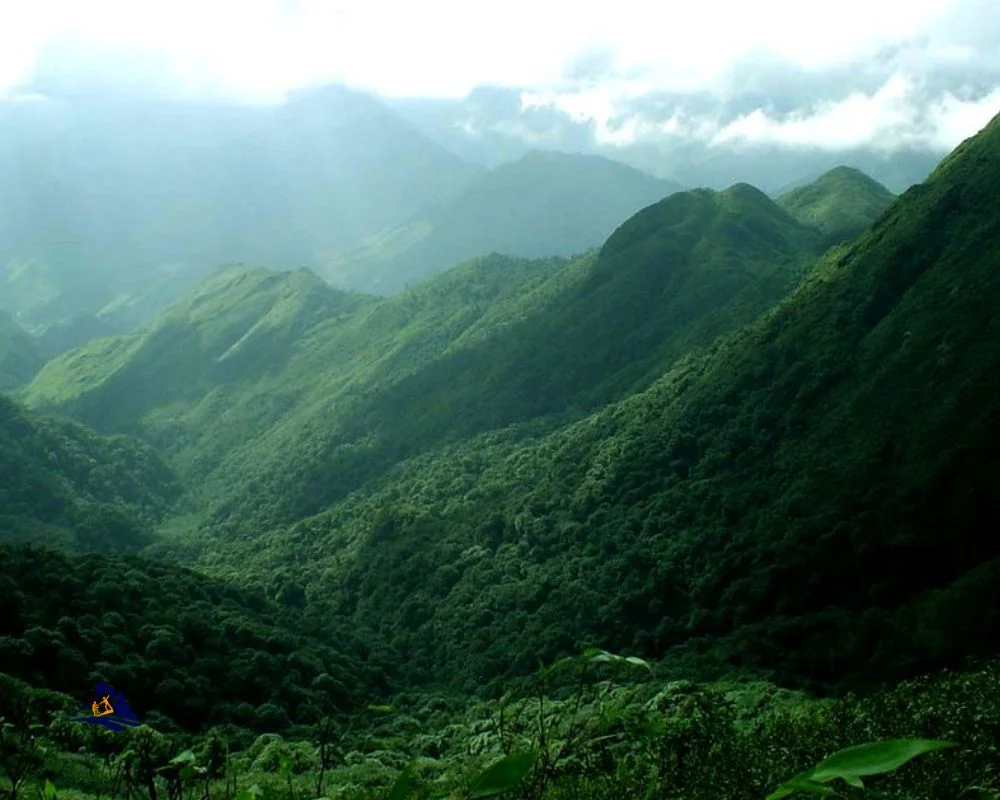
As you trek through these villages, you’ll be struck by the stark contrast between city living and rural life. The air is fresh and clean, the scenery is breathtakingly beautiful, and the people are warm and welcoming. You’ll witness how these communities live off the land, using traditional farming techniques to grow crops like rice and corn. It’s a world away from the hustle and bustle of modern life – but it’s also a reminder of our shared humanity. So pack your bags, put on your hiking boots, and get ready to explore Sapa’s ethnic minority villages like never before.
Table of Contents
ToggleOverview of Sapa and its Ethnic Minority Villages
You’re about to discover the diverse cultural tapestry of this northern Vietnamese region, where traditional communities and their ways of life have been preserved for centuries. Sapa is a popular destination for travelers who want to experience cultural immersion in ethnic minority villages. The Hmong, Dao, Tay, Giay, and Xa Pho tribes live in these villages and continue to practice their traditional crafts such as weaving, embroidery, blacksmithing, and silversmithing.
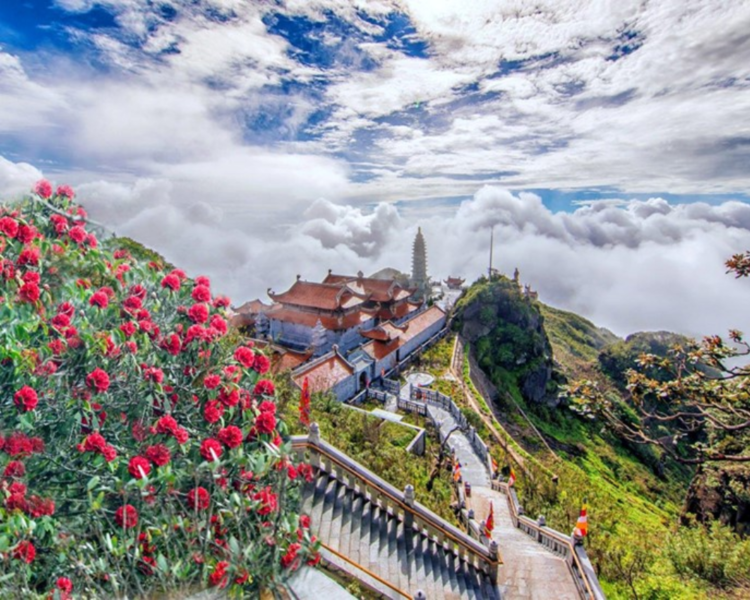
The beauty of Sapa lies not only in its breathtaking scenery but also in the vibrant culture that thrives within it. Each tribe has its unique customs and traditions that are evident through their clothing, food, and architecture. As you explore the different villages, you’ll see how daily life unfolds; farmers tending to rice terraces on steep slopes with buffalos by their side or women weaving intricate patterns on a loom while chatting amongst themselves. You’ll also come across markets selling locally produced goods like hand-woven bags or silver bracelets intricately designed with tribal motifs.
Trekking Through the Villages
If you’re planning on trekking through the villages in Sapa, there are a variety of routes and trails that you can take. Some popular options include the Cat Cat Village trail, which takes about 3 hours to complete, and the Muong Hoa Valley trail, which is longer and takes around 6-7 hours. No matter which routes you choose, expect to be surrounded by stunning scenery and diverse ethnic minority communities along the way.
Best routes and trails
The winding paths and hidden trails in these parts of Sapa are like a puzzle waiting to be solved. Some different routes and trails offer unique experiences beyond the beaten path. One of the most popular routes is through Hmong ethnic minority villages, where travelers can witness how they make their traditional clothing and learn about their way of life.
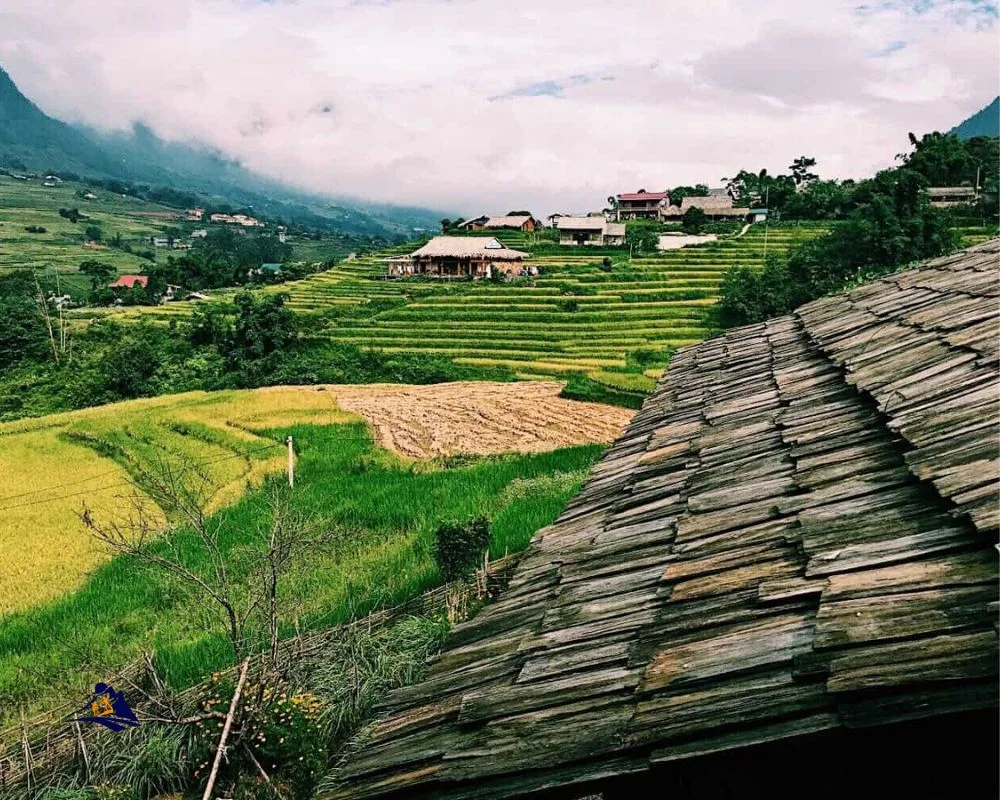
For nature photography enthusiasts, the Ta Van village trekking route offers breathtaking views of cascading rice terraces surrounded by lush green forests. The best time to visit is during the harvest season when the fields turn golden yellow, creating a picturesque landscape perfect for capturing memorable photographs. Additionally, cultural immersion opportunities abound as you mingle with locals and witness traditional activities such as farming or weaving. Exploring Sapa’s ethnic minority villages may seem daunting at first, but it’s an adventure worth taking for those looking for unique experiences off the beaten path.
What to expect on the trek
Get ready for an unforgettable adventure as you embark on a trek through winding paths and hidden trails in Sapa’s ethnic minority villages. While the breathtaking views of cascading rice terraces and lush green forests will leave you in awe, the trekking challenges will push you to your limits. The terrain can be steep, and the weather can be unpredictable, so make sure to bring appropriate gear for rain and sun.
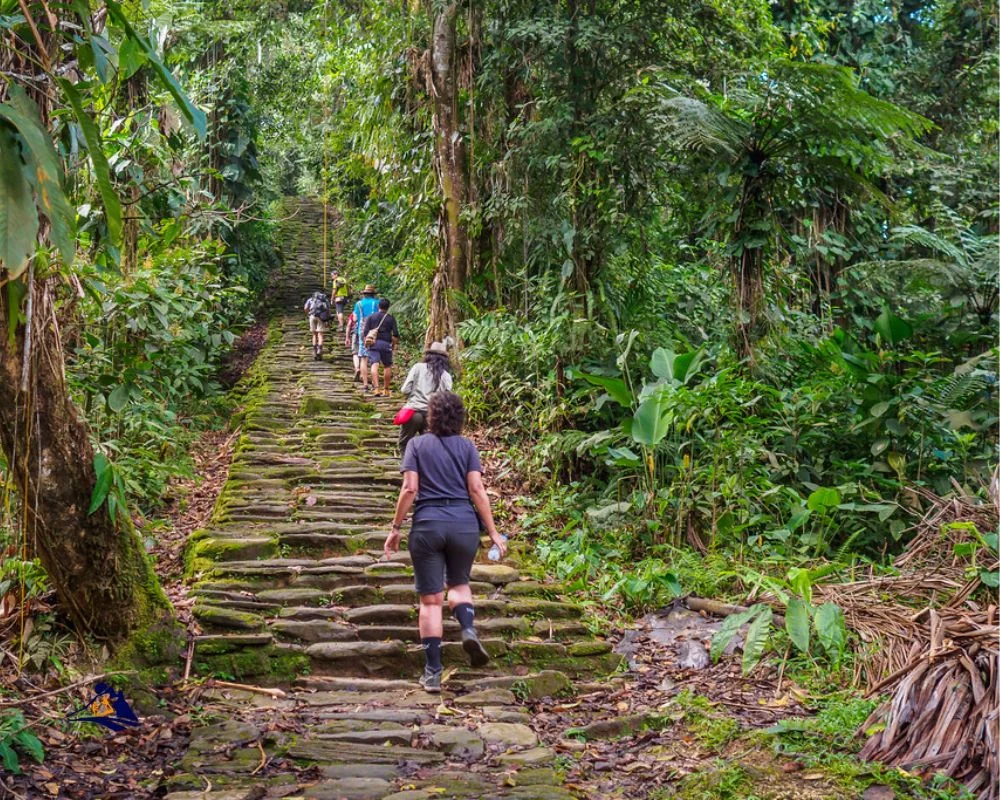
Aside from the physical challenge, this trek also offers cultural immersion opportunities that are hard to come by elsewhere. You’ll get to interact with locals who have lived in these remote areas for generations, learning about their customs and traditions firsthand. Don’t be surprised if they invite you into their homes for a meal or offer you some locally made rice wine along the way. So pack your bags, lace up your boots, and get ready for an adventure that will leave you feeling free and alive!
Interacting with the Locals
Don’t miss out on the chance to connect with the warm and welcoming locals during your trek through Sapa’s ethnic minority villages. Cultural immersion is one of the key highlights of this experience, and interacting with locals can provide a unique perspective on their way of life. Despite potential language barriers, you’ll find that many residents are excited to meet travelers and eager to share their stories.
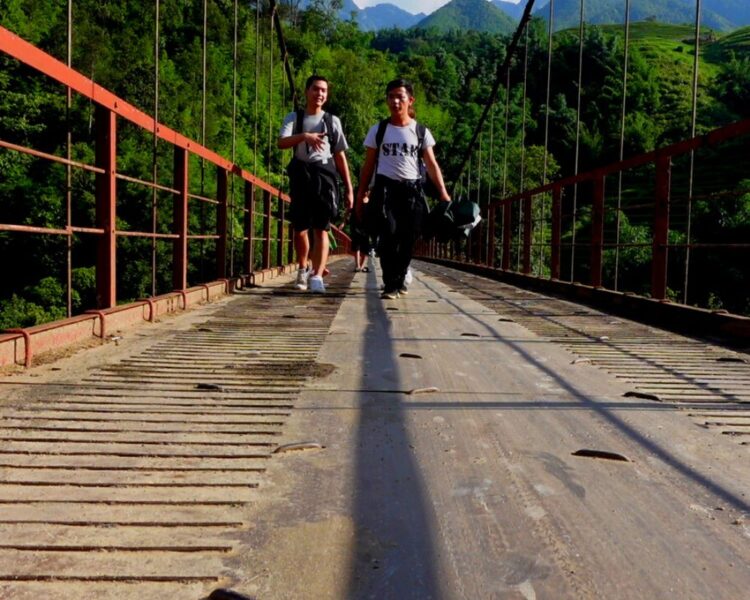
To make the most out of your interactions, here are three tips:
- Bring along a small gift as a token of appreciation for any hospitality shown.
- Try learning some basic phrases in the local dialect – even just hello or thank you can go a long way in breaking down language barriers.
- Be respectful – always ask before taking photos and take care not to intrude on personal spaces or customs. By following these simple guidelines, you’ll be able to leave a positive impression on both yourself and those you encounter during your trek through Sapa’s villages.
The Hmong People
You’ll be transported into the vibrant and unique world of Hmong culture during your trek through their mountainous homeland. The Hmong people are one of Vietnam’s largest ethnic minority groups, and they have a rich history that spans centuries. When you visit their villages, you will have the opportunity to see firsthand how they live and work, as well as learn about their fascinating traditions.
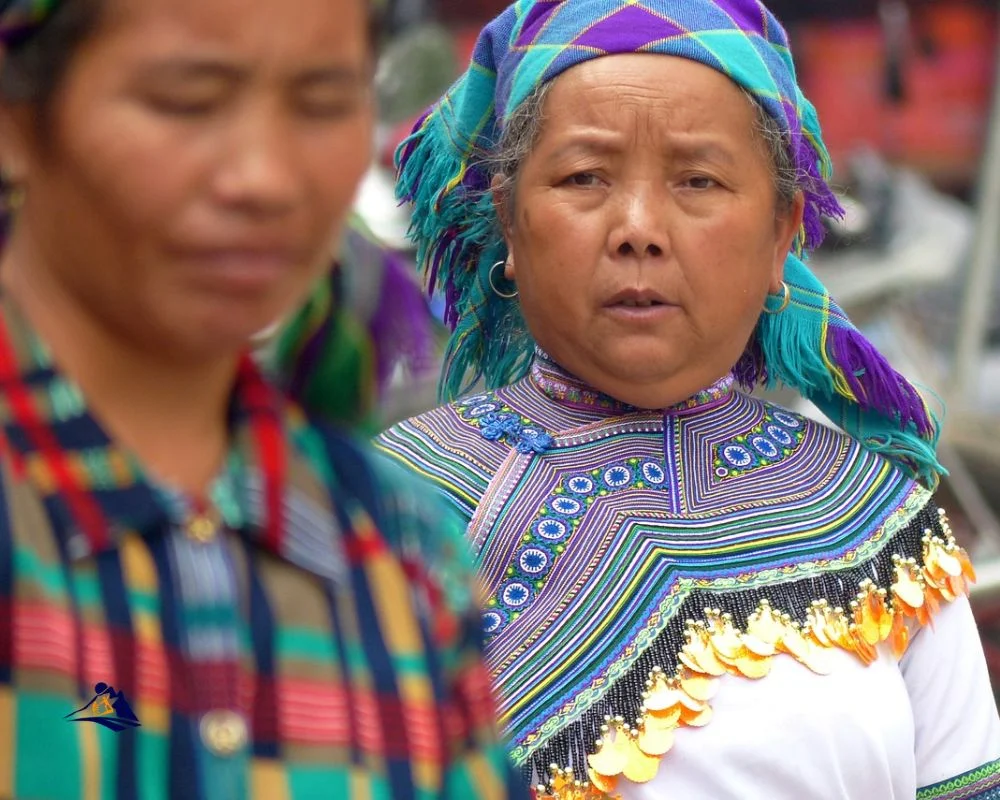
One of the most interesting aspects of Hmong culture is their handicrafts. The Hmong people are skilled at making intricate embroidery, batik fabric, and silver jewelry. They use these crafts to decorate their traditional dress, which is also an important part of their cultural identity. For women, this includes brightly colored skirts and jackets with embroidered designs. Men wear black or blue jackets with silver buttons and cuffs. During your visit to a Hmong village, you may even be able to purchase some of these beautiful handicrafts to take home as souvenirs of your journey into this unique corner of Vietnam.
| Hmong Handicrafts | Hmong Traditional Dress |
|---|---|
| Embroidery | Brightly Colored Skirts |
| Batik Fabric | Jackets with Embroidery |
| Silver Jewelry | Black or Blue Jackets |
The Dao People
As you continue your journey through Vietnam’s mountainous regions, you’ll encounter the Dao people, who make up one of the country’s 54 distinct ethnic groups and have a population of around 800,000. These hardworking people live in small villages scattered throughout the region, where they have preserved their traditional customs and way of life for centuries.
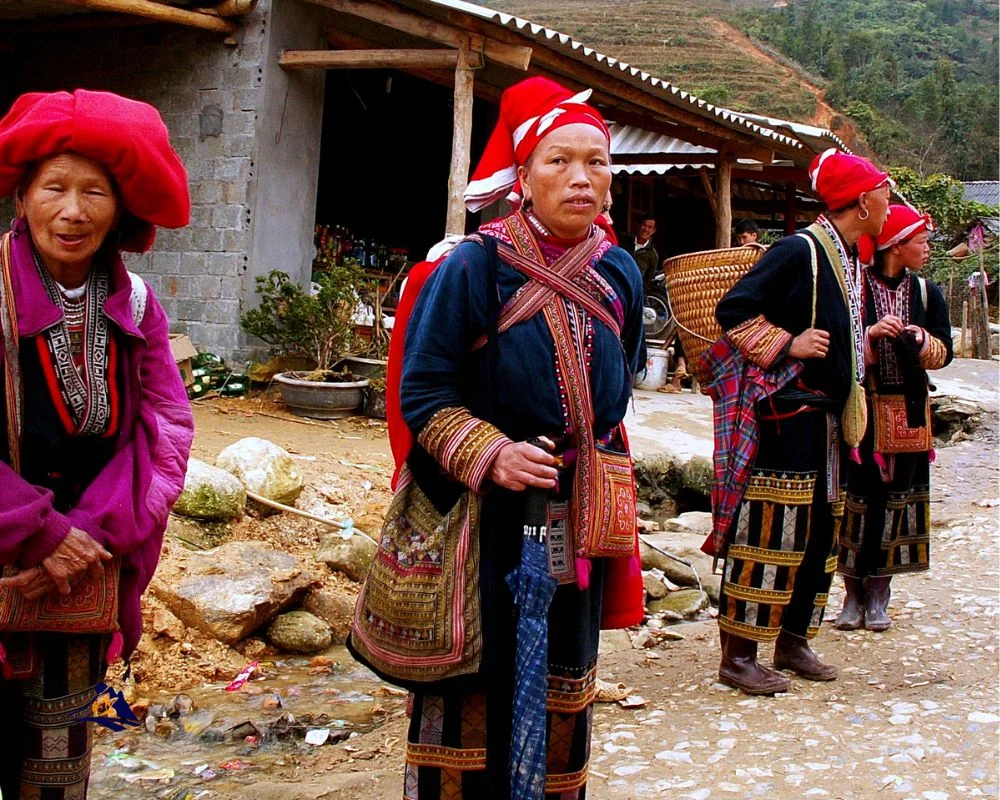
Here are some interesting facts about the Dao people that will surely capture your attention:
- The Dao ethnic group is divided into several subgroups with different dialects, dress styles, and customs.
- The women of the Red Dao subgroup are famous for their elaborate headdresses made from red fabric and adorned with silver coins and tassels.
- The Dao people are skilled artisans who create beautiful handicrafts such as embroidered fabrics, silver jewelry, and wooden furniture.
- The men often wear black clothing with white turbans or hats made from bamboo leaves.
- The Dao believe in animism and ancestor worship. They also practice shamanism to cure illnesses or communicate with spirits.
As you explore these unique villages, take time to appreciate the rich culture of the Dao people. You may even want to purchase some of their exquisite handicrafts as a reminder of your unforgettable experience in Sapa.
The Tay People
The Tay people, with a population of over 1.5 million, have their unique customs and way of life that have been passed down for generations in Vietnam’s mountainous regions. Known for their traditional crafts and cultural practices, the Tay people are skilled in weaving, embroidery, and making musical instruments such as the bamboo flute.
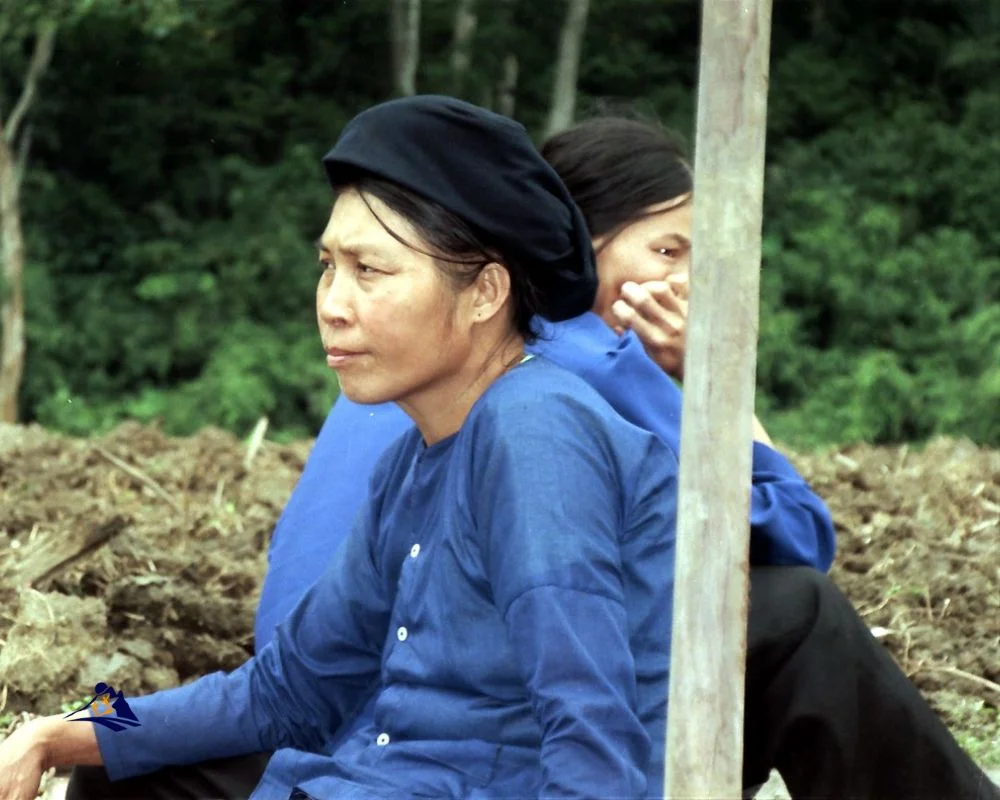
Their homes are typically made of wood or bamboo and are built on stilts to protect against floods and wildlife. The Tay people place great importance on family ties and community gatherings, often celebrating weddings, funerals, and important holidays together. Visitors to Sapa can witness the intricate weaving techniques firsthand at local markets where the Tay women display their beautifully crafted textiles.
Accommodation Options
If you’re looking for a place to stay in the area, there are plenty of options available that cater to different preferences and budgets. Here are some accommodation options that you might consider:
- Homestays: For a more immersive experience, you can stay with a local Tay family in their traditional stilt house. This will allow you to learn about their culture and daily life, as well as enjoy home-cooked meals made with fresh ingredients from their farm.
- Guesthouses: There are many guesthouses scattered around Sapa that offer clean rooms and basic amenities such as hot showers and free Wi-Fi. Some of them also have balconies or terraces where you can admire the scenic views of the surrounding mountains.
- Boutique hotels: If you prefer more luxurious accommodations, several boutique hotels in Sapa provide stylish rooms with modern facilities like spa treatments and gourmet restaurants.
- Resorts: For the ultimate pampering experience, you can book a room at one of the luxury resorts in Sapa. These properties feature top-notch amenities such as infinity pools, private villas, and panoramic views of the verdant landscape.
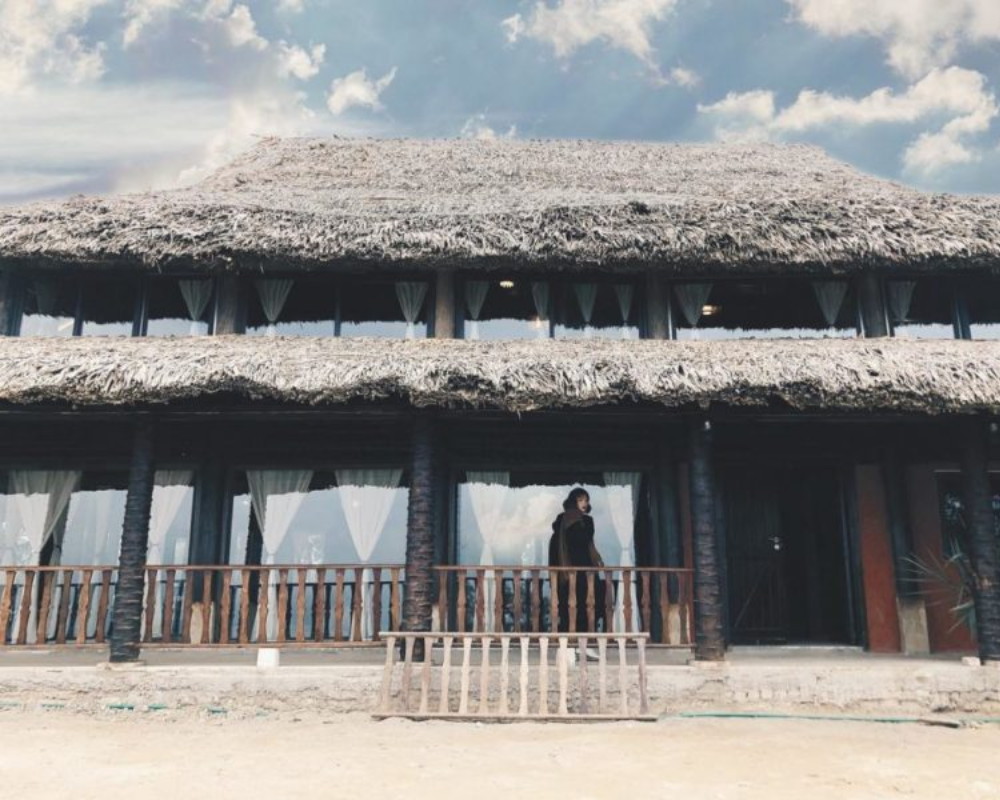
No matter what type of lodging you choose, make sure to do your research beforehand and book early during the peak season to avoid disappointment.
Tips for a Successful Trip
To ensure a memorable and enjoyable trip, it’s essential to follow these tips for success. First and foremost, make sure you pack the right essentials. Sapa is known for its diverse weather patterns, so bring clothing that can withstand both hot and cold temperatures. It’s also important to have good hiking shoes as you’ll be walking on rough terrain during your village tours. Don’t forget to bring sunscreen and insect repellent as well.
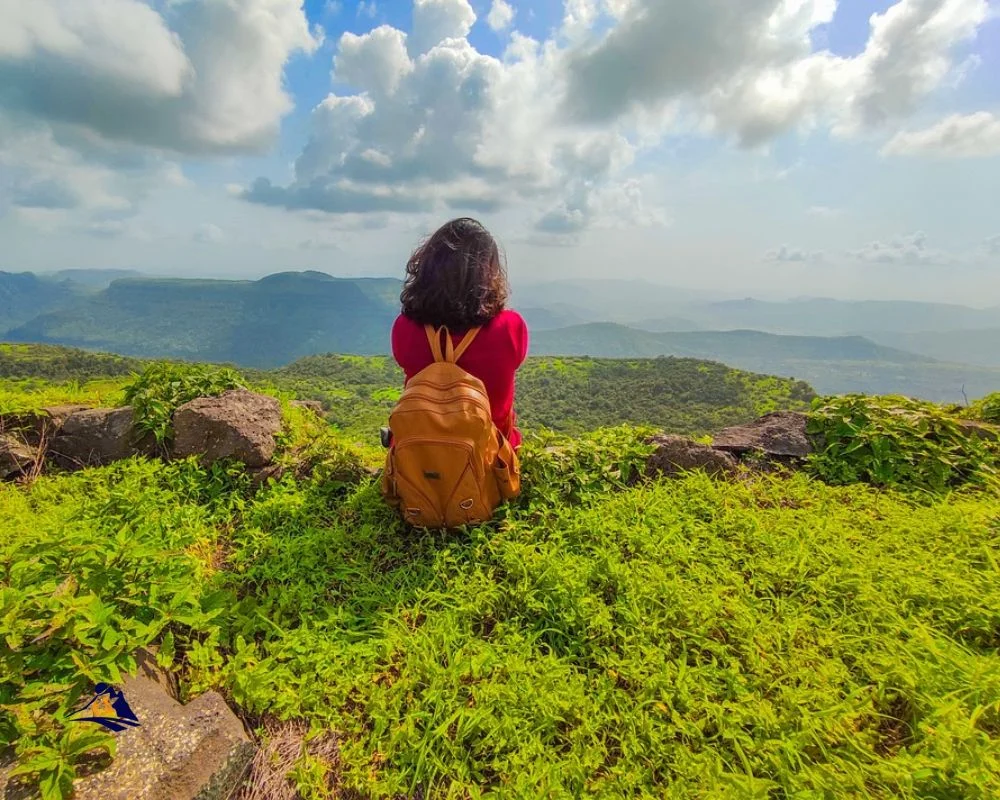
Another crucial tip is to practice cultural sensitivity when interacting with the locals. Keep an open mind and embrace the differences in culture. Respect their beliefs, traditions, and way of life by dressing appropriately (avoid revealing clothing) and asking permission before taking photos of them or their homes. Learn a few words in their dialects like ‘hello’ or ‘thank you’ to show appreciation for their hospitality. By following these guidelines, not only will you have a successful trip but also enriching experiences with the ethnic minority communities of Sapa.
Exploring Sapa’s Ethnic Minority Villages Frequently Asked Questions
What is the history of Sapa and its ethnic minority villages?
Sapa has a rich history that is deeply intertwined with its ethnic minority villages. These villages hold great cultural significance and have been the focus of preservation efforts in recent years. Despite modernization and development, the people of Sapa have worked hard to maintain their traditional way of life and preserve their unique customs and traditions. As you explore the region, you’ll discover an area that is steeped in tradition but also embraces change. The rugged landscapes are a testament to the resilience of its people, who continue to live off the land using traditional farming methods. Whether you’re drawn to Sapa for its natural beauty or the chance to immerse yourself in local culture, there’s no denying that this region offers a glimpse into a way of life that is increasingly rare in today’s fast-paced world.
What traditional foods are commonly found in the villages and where can they be sampled?
Food tourism is a fantastic way to explore the culinary traditions of Sapa’s ethnic minority villages. You’ll be able to sample delicious and authentic dishes that have been developed over centuries, using local ingredients and cooking techniques. From hearty stews and stir-fries to crispy spring rolls and sticky rice cakes, there’s something for every taste bud. Some of the best places to try these treats are in small family-run eateries located in the heart of the villages. These humble establishments offer an incredible chance to taste traditional foods while immersing yourself in local culture. So if you’re looking for an immersive experience that will tantalize your taste buds, make sure you add food tourism to your list when visiting Sapa’s ethnic minority villages.
How have modernization and tourism affected the traditional way of life in the villages?
Balancing preservation and development is a tricky task for the ethnic minority villages in Sapa. Tourism has brought economic opportunities to these communities, but it has also impacted their cultural practices. For instance, traditional clothing and dances have become more performative than authentic due to the commercialization of tourism. The influx of visitors has led to changes in local diets as well, with restaurants catering to non-local tastes instead of serving traditional foods. On the other hand, modernization has also brought benefits such as better infrastructure and healthcare facilities. Despite these changes, some villages have managed to maintain their traditions while embracing new developments. It’s a delicate balance that requires careful consideration of both preservation and development needs.
Are there any festivals or events held in the villages throughout the year?
Cultural celebrations are a big part of the year-round calendar for many ethnic minority villages. From colorful parades to lively music and dance performances, there is always something exciting happening in these communities. One of the highlights of these festivals is the opportunity to see local handicrafts being made and sold by skilled artisans. Whether it’s intricate embroidery, hand-carved wooden furniture, or beautiful woven textiles, you’ll be sure to find something unique and special to take home with you. These cultural celebrations offer a glimpse into the traditions and way of life of these fascinating communities, making them an essential experience for anyone seeking freedom from the hustle and bustle of modern life.
What is the average income and education level of the locals in the villages?
The locals in the villages have varying levels of income and education. Some rely on farming for their livelihoods, while others work in tourism or handicrafts. Education opportunities are limited, with many children dropping out of school to help support their families. However, efforts are being made to improve access to education, such as building new schools and offering scholarships. Despite these challenges, the locals maintain a strong sense of community and culture, which is evident in their traditional practices and festivals.
Conclusion
Congratulations, you’ve just completed your trek through Sapa’s ethnic minority villages! It was truly a unique and enriching experience that allowed you to immerse yourself in the local culture and customs. You learned about the different ethnic groups that call Sapa home and had the opportunity to interact with them firsthand.
As you reflect on your trip, one word comes to mind: awe-inspiring. The stunning landscapes, vibrant cultures, and warm hospitality of the locals left you feeling humbled and grateful for this once-in-a-lifetime adventure. You can’t wait to share your stories with friends and family back home.
So why not plan another trip soon? After all, there’s always more to explore in Sapa’s mystical mountains. Who knows what hidden gems you’ll discover on your next journey? Until then, keep that sense of wonder alive and carry it with you wherever you go!
